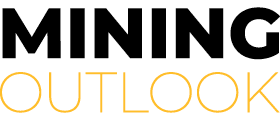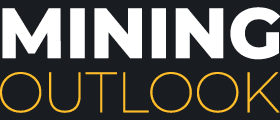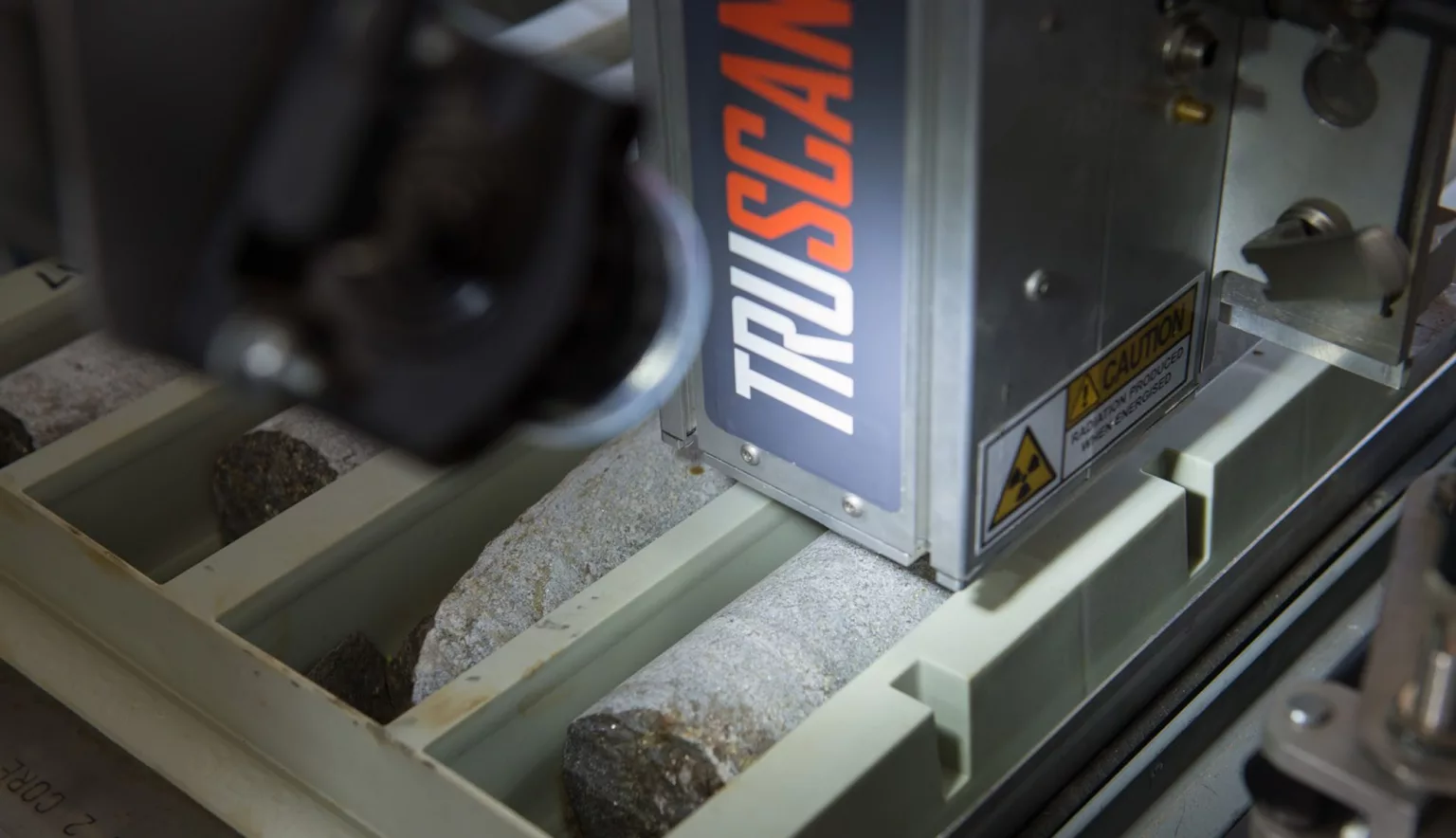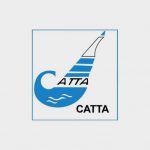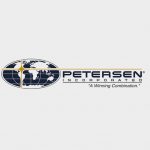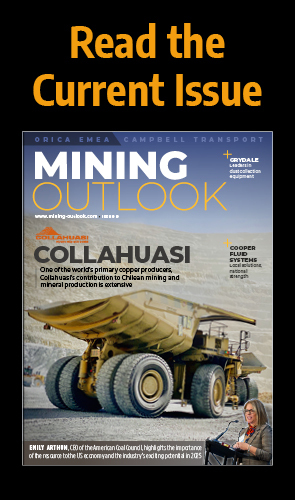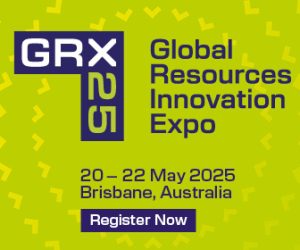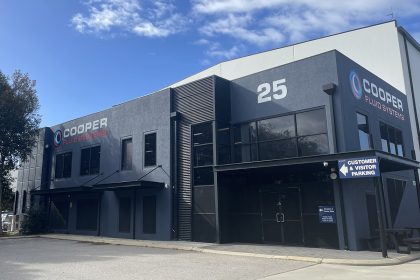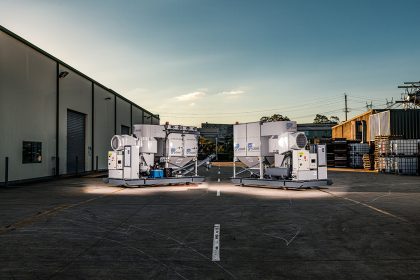Jeff Olsen, CEO at Boart Longyear, discusses how his firm has overcome significant challenges to become a major player in drilling services.
INTRODUCTION
Boart Longyear is one of the world’s major providers of drilling services, equipment and performance tooling for mining and drilling firms.
The company’s global drilling services division operates for a diverse mining customer base that spans a wide range of commodities, including copper, gold, nickel, zinc, uranium and other metals and minerals. The global products division designs, manufactures and sells drilling equipment, performance tooling, down-hole instrumentation and parts and services.
Headquartered in Salt Lake City, Utah, Boart Longyear operates across six global manufacturing locations and has some of the most advanced drilling technology on the market, while being the first US firm to utilize sonic equipment for environmental drilling.
Jeff Olsen has been the President and CEO of Boart Longyear since 2016. By his own admission, he had an ‘unusual’ path into the industry. “My undergraduate degree was in international politics and then I went on to get an MBA in upstate New York,” explains Olsen. “In 1991, I moved to a chemical company called General Chemical and they had mostly chemical operations but some mining operations. Thereafter, I then worked at Rio Tinto for 18 years across various locations in several different roles.”
Indeed, Olsen lived and worked in London for a number of years before relocating back to Salt Lake City where Rio Tinto had a large regional office. He left Rio Tinto for Boart Longyear in 2014. “The downturn of the mining industry began in 2012 so I joined in the middle of a downturn in the sector, thinking that it would only last a few years and we’d move onto bigger and better things which unfortunately didn’t prove to be the case,” explains Olsen. “As a result of the market not being very good, we had a number of transactions which allowed Boart Longyear to continue its position as a leader in the drilling industry, but we didn’t solve the balance sheet problem.”
“We remain the largest drilling company out there and this will put us in a very strong place going forward”Jeff Olsen, CEO, Boart Longyear
OVERCOMING CHALLENGES
This issue mixed with the emergence of COVID-19 prompted Boart Longyear to announce a large recapitalisation which is going through reimplementation and is undergoing a shareholder vote in September. “We will reduce our debt by about $800 million and our first quarter earnings were very strong in 2021, which means we’re well on track for the rest of the year,” explains Olsen. “I anticipate that to continue. We remain the largest drilling company out there and this will put us in a very strong place going forward.”
Although the mining industry has had its trials and tribulations, the sector is in a much healthier place. For Olsen, he has overseen Boart Longyear’s rise in tandem with the mining space and the firm is now poised to thrive in the industry. However, Olsen can’t forget the past and reflects on how his organization has got to where it is today. “Mining is a secular industry and if you’re a supplier to the industry then you’re in a hyper secular industry,” discusses Olsen. “The secularity tends to define this industry and our customers were all about deleathering their own balance sheets at the time, and shareholders were clamouring for mining companies to return money to them and be more conservative.
“One of the areas that they could save money on was drilling in the short-term. It is fundamental in the mining industry that if you don’t drill then you don’t have anything to mine. That can only last for so long.”
Today, that has all changed. Boart Longyear’s customers are largely deleathered, showcase robust balance sheets and have the ability to invest in their businesses. “There was significant consolidation in the gold industry in late 2019 which also puts them on stronger financial footing,” explains Olsen. “As a business, Boart Longyear wasn’t very well prepared for the downturn. Now, we’re a much leaner business and are better focused on serving our customers and giving them what they need. “We have a better understanding of where the market is and what the market requires. The last thing which is a substantial difference between 2014 and now is that we’ve been able to grow a technology division called Geological Data Services (GDS).”
GDS is focused on redefining the future of mineral exploration through innovative and emerging technologies delivered through industry-leading products and services. “GDS consists of tools that are used to gather appropriate information downhole about the hole itself and about the drilling. These are tools that already existed in the mining industry, but we’ve introduced our own tools that are better in many ways. We’ve changed our strategy from 2014 from one of just being the preferred driller in the space to we want to help our customers build their ore body knowledge. We do that by drilling and making tools that are more efficient and we also do it by technology. This is a big difference in our business going forward.”
“We’re at that point now where to be competitive and to stay ahead, companies will have to innovate and are increasingly looking to new technology”Jeff Olsen, CEO, Boart Longyear
PROACTIVE APPROACH
With a history of being innovators in the drilling industry, the company recognizes its place as a leader in drilling methods. “We don’t try to be everything to everyone, and we don’t try and address everything in the industry but the things that we do well are where we want to be the leaders in,” says Olsen. “The fact that our newest drill rigs have been well received is great, as well as our GDS Group and we’ll see over the next few years just how important these technologies will become. They provide huge cost benefits to our customers but also help stitch together all the different datasets of information they get about their own ore body in what we call a unified ore body knowledge. When you get the information from a full service of Boart Longyear drilling then you have a unified set of information about your ore body in much less time and at a significantly cheaper cost.”
To those on the outside looking in, mining is often regarded as an industry that is old school and doesn’t embrace new technology. While that might be an exaggeration, Olsen agrees that mining isn’t as quick as other industries to leverage the latest innovations, but expects this to change in the near future. “I think the influence of technology is growing rapidly,” he explains. “I think it’s fair to say that the mining industry is slower to adopt new technology than others. However, once you get a critical mass in adoption then it moves very quickly. We’re at that point now where to be competitive and to stay ahead, companies will have to innovate and are increasingly looking to new technology. I think the space is changing very rapidly but it is fair to say mining is slower to leverage new technology.”
Boart Longyear maintains several key, strategic partnerships and has combined the supply chains for its products and drilling services business together to form one global supply chain. “When we look for partners it’s about the ability to be compliant — it’s non-negotiable,” discusses Olsen. “We work in some tough parts of the world and compliance is key and they have to do things right. This is consistent in the way that we approach safety. The second thing we look for is innovation. We know that the way we drill and do business today in 2021 is not the same way we’ll do it in 2031 so it’s important we’re aware of the latest technologies that can drive us forward.”
Moving forward, Olsen is full of optimism about the future at Boart Longyear. “I’m very excited about the next few years,” he maintains. “We now have a balance sheet and a capital structure that supports growth, and we have an industry that is poised for significant growth so we’re coming together at the right time. The ability to invest in our business as the industry grows is important because we will always maintain our discipline. We have the ability to invest in that growth and make our stakeholders happy. There’s a very bright future ahead.”
